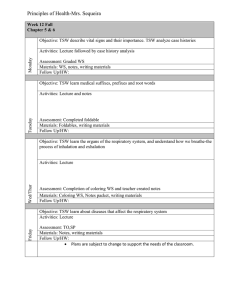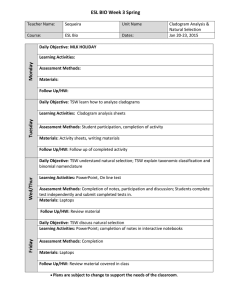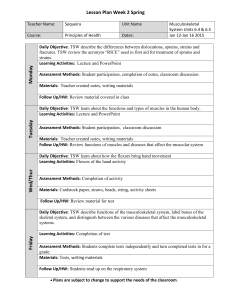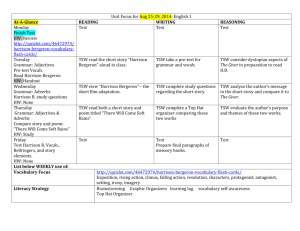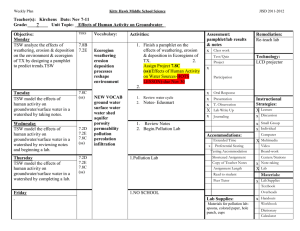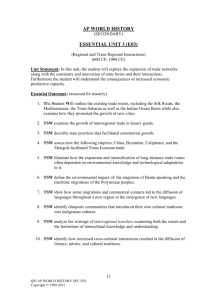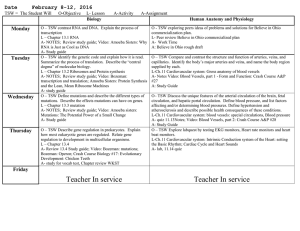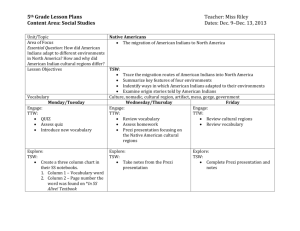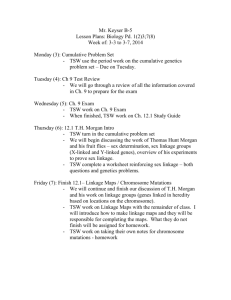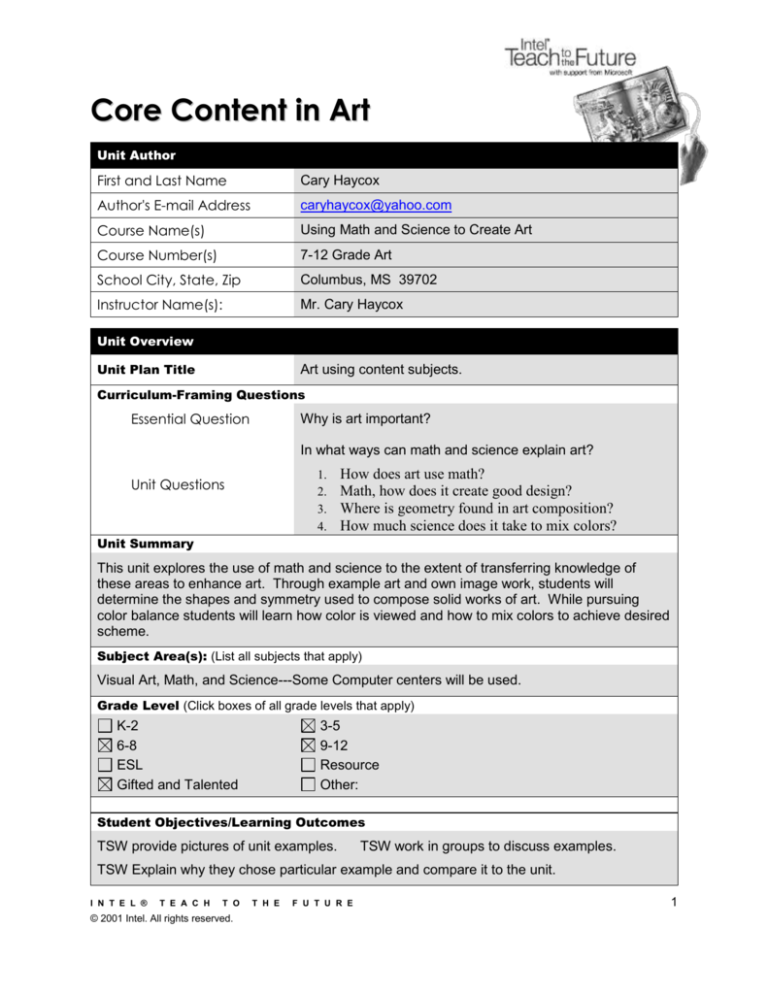
Core Content in Art
Unit Author
First and Last Name
Cary Haycox
Author's E-mail Address
caryhaycox@yahoo.com
Course Name(s)
Using Math and Science to Create Art
Course Number(s)
7-12 Grade Art
School City, State, Zip
Columbus, MS 39702
Instructor Name(s):
Mr. Cary Haycox
Unit Overview
Unit Plan Title
Art using content subjects.
Curriculum-Framing Questions
Essential Question
Why is art important?
In what ways can math and science explain art?
1.
2.
3.
4.
Unit Questions
How does art use math?
Math, how does it create good design?
Where is geometry found in art composition?
How much science does it take to mix colors?
Unit Summary
This unit explores the use of math and science to the extent of transferring knowledge of
these areas to enhance art. Through example art and own image work, students will
determine the shapes and symmetry used to compose solid works of art. While pursuing
color balance students will learn how color is viewed and how to mix colors to achieve desired
scheme.
Subject Area(s): (List all subjects that apply)
Visual Art, Math, and Science---Some Computer centers will be used.
Grade Level (Click boxes of all grade levels that apply)
K-2
6-8
ESL
Gifted and Talented
3-5
9-12
Resource
Other:
Student Objectives/Learning Outcomes
TSW provide pictures of unit examples.
TSW work in groups to discuss examples.
TSW Explain why they chose particular example and compare it to the unit.
I N T E L ®
T E A C H
T O
© 2001 Intel. All rights reserved.
T H E
F U T U R E
1
TSW create own example of unit influenced work of art.
Targeted State Frameworks/Content Standards/Benchmarks
MS BM High School Level 2
1a-d, 2a,d, 3c, 4a
Procedures
Teacher will instruct on procedures.
Approximate Time Needed (Example: 45 minutes, 4 hours, 1 year, etc.)
2 weeks: Two lessons per week with final piece group critiqued
Prerequisite Skills
Basic drawing and painting. Entry level geometry and science.
Materials and Resources Required For Unit
Technology – Hardware (Click boxes of all equipment needed.)
Camera
Laser Disk
Computer(s)
Printer
Digital Camera
Projection System
DVD Player
Scanner
Internet Connection
Television
VCR
Video Camera
Video Conferencing Equip.
Other:
Technology – Software (Click boxes of all software needed.)
Database/Spreadsheet
Image Processing
Desktop Publishing
Internet Web Browser
E-mail Software
Multimedia
Encyclopedia on CD-ROM
Web Page Development
Word Processing
Other:
Printed Materials
Definition list with websites to review and comment on.
Supplies
Thick paper, paints, brushes, plates
University of Georgia:
Internet
Resources
http://jwilson.coe.uga.edu/EMT668/EMAT6680.2000/Obara/Emat6690/Golden%20Ratio/golden.html
Brown Universtiy:
http://www.cs.brown.edu/courses/cs092/VA10/HTML/start.html
Others
Accommodations for Differentiated Instruction
I N T E L ®
T E A C H
T O
© 2001 Intel. All rights reserved.
T H E
F U T U R E
2
Resource
Student
Remediation will be in the form of outside assignment in which student
will use his/her interest in a particular subject and then work with teacher
in applying skill learned in unit.
Gifted
Student
Students that quickly master the unit will be allowed to use the computer
to either design a digital unit representation or review other sites
displaying information on unit and decide which ones are engaging and
which are not. Then provide hyperlink list to the teacher with comments.
Student Assessment
During unit students will be required to show understanding of subject by bringing in personal
references and applying technique discussed. At end of unit students will review artwork in a
group critique, articulating areas that have been discussed and using critical problem solving
to comment on peer works.
Page 3 of 3

